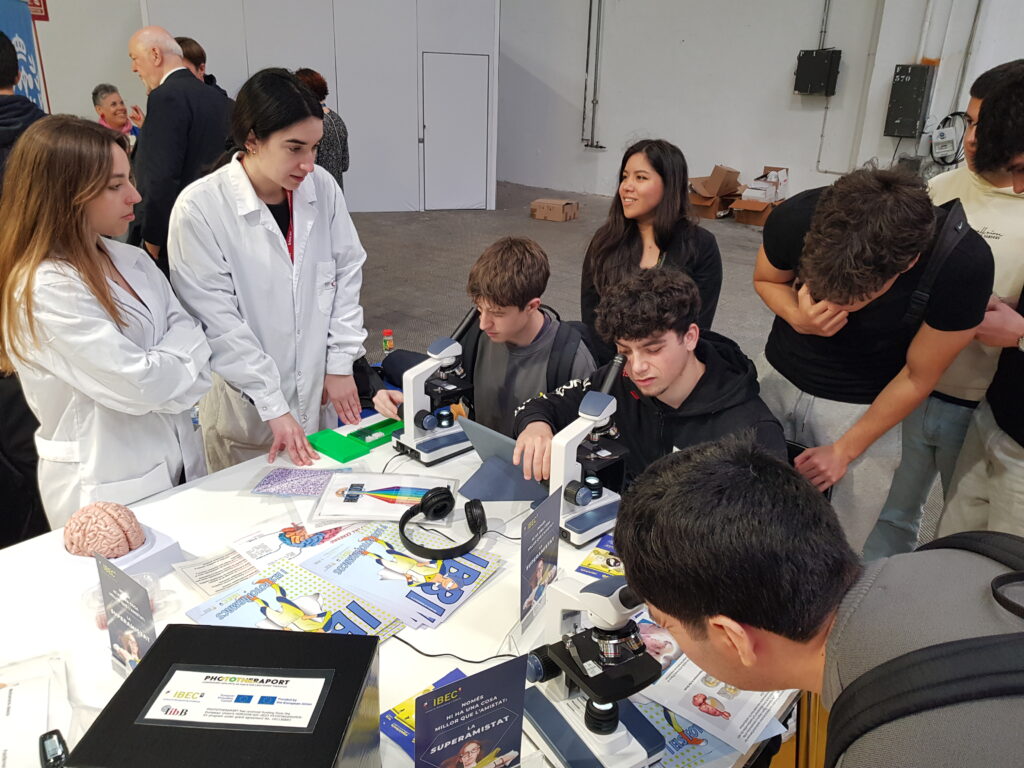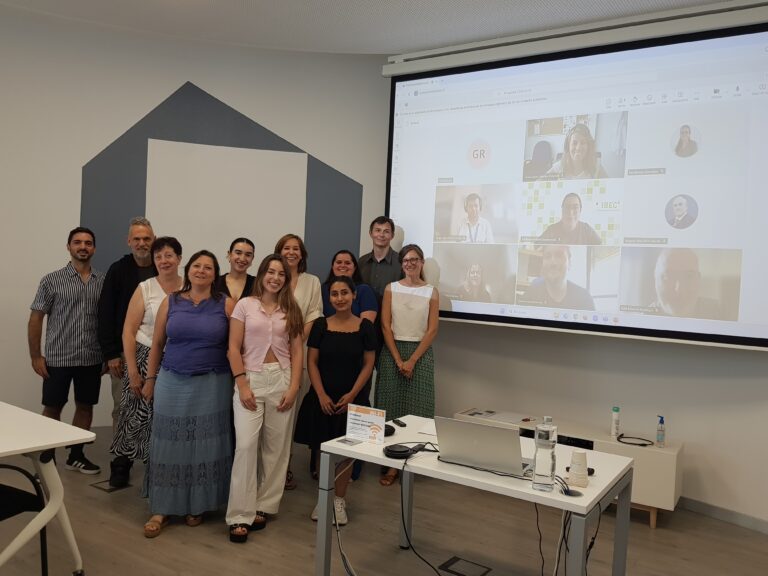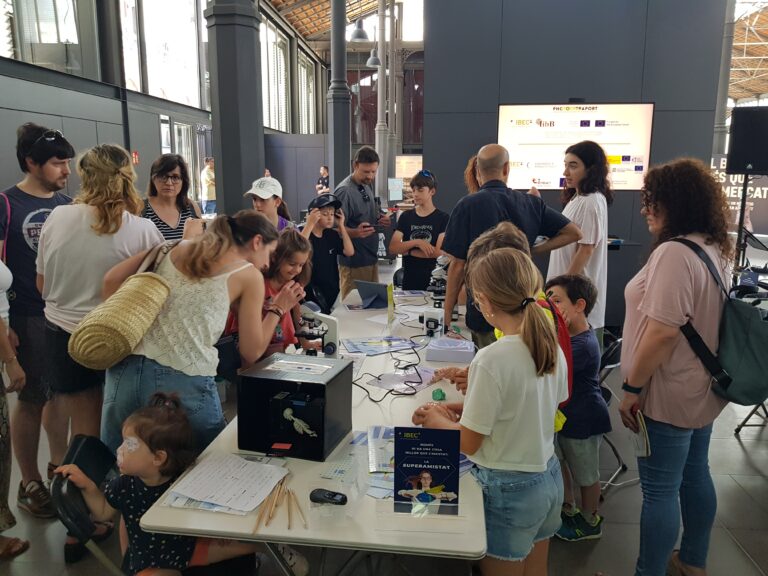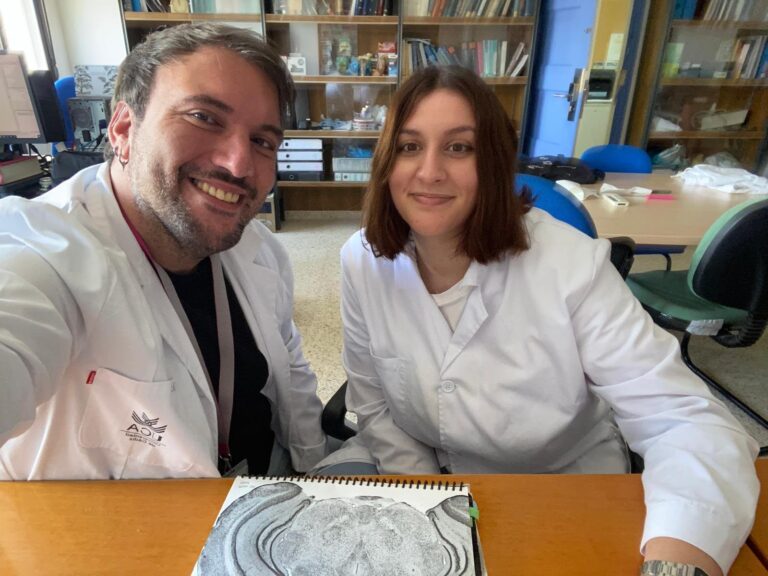PHOTOTHERAPORT researchers from the Institute of Biomedical Research of Barcelona (IIBB-CSIC) and the Institute of Bioengineering of Catalonia (IBEC) participated at the “Saló de l’Ensenyament”, an Education Hall that takes place every year in Barcelona aimed to help secondary students to resolve doubts and find out about post-obligatory study options.

The Saló de l’Ensenyament is an annual fair organised by the Departments of Education and Research, and Universities of the Government of Catalonia. It is aimed at secondary students who are interested in learning about the offer of university degrees and the different professional opportunities. This year, from March 26 to 30, the event received a record number of 107,000 visitors. Among the proposals of the fair, there are scientific activities carried out by different institutions, and PHOTOTHERAPORT participated the 26 March with a hands-on activity titled “Photopharmacology: how to treat diseases with drugs that are activated with light”.
About 70 students were able to see, experience and learn directly from some of the researchers involved in project: Cristina López Cabezón and Alba Polo Rodríguez from the IIBB-CSIC and Nayeli Fernanda Pérez Pérez from IBEC. Participants had the chance to observe how various nanomaterials react to infrared light and emit green, blue, and red lights. These nanomaterials were employed to recreate the phototherapeutic devices developed within the framework of the project. Attached to the back of a small skeleton figurine, they symbolised the targeted treatment approaches for pain and epilepsy under investigation.
Attendees also explored the optical properties of nanomaterials by observing vials containing substances of distinct colours and observing how these materials diffract a laser beam. In another demonstration, participants viewed microscope slides showing sections of the hippocampal region from mouse brains, accompanied by audio recordings of hippocampal brain activity—recordings typically obtained during experiments involving electrode implantation. Additionally, a life-size model of the human brain was available for manipulation, offering insights into the structure and function of its various regions.
This workshop has been a unique opportunity for students to explore how the combination of light-emitting implants and photocontrolled drugs could revolutionize the treatment of pain and epilepsy, and it opened their mind to the possibilities offered by scientific careers such as Biology, Physics and Chemistry.



